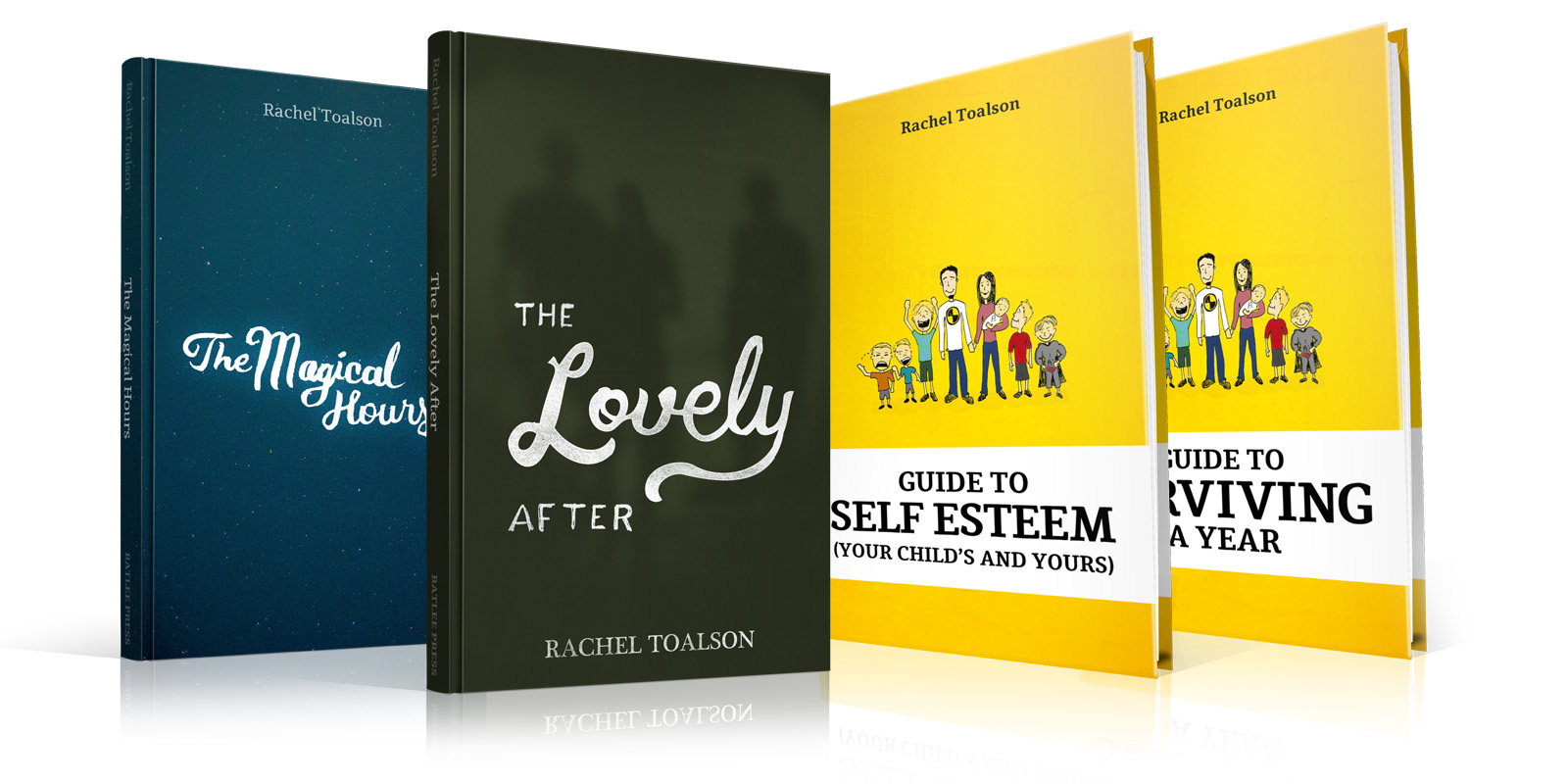One of the most frequent questions I get from young writers and even seasoned writers is: How many drafts do you need to write a story?
I have a super helpful answer:
It depends.
Let me explain. Some of my books only took four or so drafts. (Even saying “only four” will probably freak some people out—you have to really love and care about a book to read it four times!) Some have taken seven or eight. A couple have taken more than ten.
Really, it depends on the story.
My book that publishes May 30 (The First Magnificent Summer) took so many drafts I never thought I’d be finished with it. The first draft I wrote in prose. The second draft I turned into poetry. Third draft back to prose, fourth draft poetry, with a little humor, fifth draft back to prose with some more humor, sixth draft diary entries with more humor. This format stuck for the next three drafts.
Yes, three. It turns out humor is really difficult to get right, if you’re as picky as I am about humor.
For the seventh draft, I layered in more humor. In the eighth draft I added some poetic asides; in the ninth draft I rearranged some things, cut the first five thousand words, and meticulously examined the humor to avoid cliches and old tired metaphors. In the tenth draft I tightened up pacing, shortened most of the journal entries (adding more in one day if they felt too long) and added more humorous asides.
Finally, on the eleventh draft, I focused on language, word choice, and typos. And this is before the manuscript even sold to an editor!
Writing is a lot.
Compare all of that, however, to the book’s sequel (The Second Magnificent Summer, which will publish in summer 2024). I brainstormed, wrote a first draft, a second draft to tighten pacing and layer in more humor, and then it was off to my editor.
Part of this is that some stories are easier to tell than others (sequels and subsequent books can be easier because you’ve already spent so much time with the characters and know them so well). Another part of it is the more we write, the better we get at it (although this doesn’t always translate to fewer drafts, especially when getting better at what we do also means getting better at recognizing the flaws in our manuscripts).
So how do we know how many drafts a story needs, if it depends?
The answer to that is we have to get really honest with ourselves about the state of our manuscript.
As writers, we generally know when something is finished and when it’s not quite there. Sometimes it’s a little tricky to determine, but there’s usually a sense of unease in our gut if there’s still work to be done on a book or composition.
But here are some more practical ways to know if your writing composition needs more drafts.
1. It’s a first draft.
I know this seems like an obvious statement, but many of the young writers I meet wonder if a first draft, in some cases, can be the draft. And I don’t like speaking in absolutes, but I have strong feelings about this. I don’t personally think anybody can write their best book (or their best anything, really) in one draft—even those seasoned writers who claim they write their books in one draft. Nothing comes out perfectly the first time. Our first drafts are places to explore our stories and characters. Our second, third, fourth (okay, it can just be a second if you’re going to fight me on this) drafts are the places where we analyze, tighten, and perfect everything.
2. There are still places where you’re shaky on details.
These details could be plot points or character personalities or even the beginnings and endings of chapters. Reaching the end of a book you’ve written should leave you with a solid grasp of your plot, your characters, your structure, your word choice, your title, your settings, etc. If there’s any question in your mind (Does her sarcasm come through? Did I end chapter three in a place where people would want to read more? Does his motivation make sense in light of his actions? Have I said what needs saying in an understandable way?) it could be worthwhile to give it another draft.
3. You have an unshakeable feeling that something’s not quite right.
This is, honestly, one of my least favorite ways to figure out a story needs another draft—because many times it’s something you, as a writer, just can’t put your finger on. You just know there’s something. That the book needs more drafts. This is where it’s helpful to engage other readers—writer friends, or if you’re fortunate enough to have one, an agent who doesn’t mind reading a draft. Sometimes the perspective of another trusted person can lead you to the exact solution the next draft needs to get your story (or whatever you’re writing) in publishable shape.
I hope some of these suggestions are helpful to you. I’d love to know some ways you know when a draft is finished.
I’ll leave you with two very important questions I ask myself anytime I write something—whether it’s a piece of marketing content, a newsletter, a short story, a poem, or a 65,000-word novel:
What do I want to say?
Have I said it?
Have a fantastic month of writing and revising!


